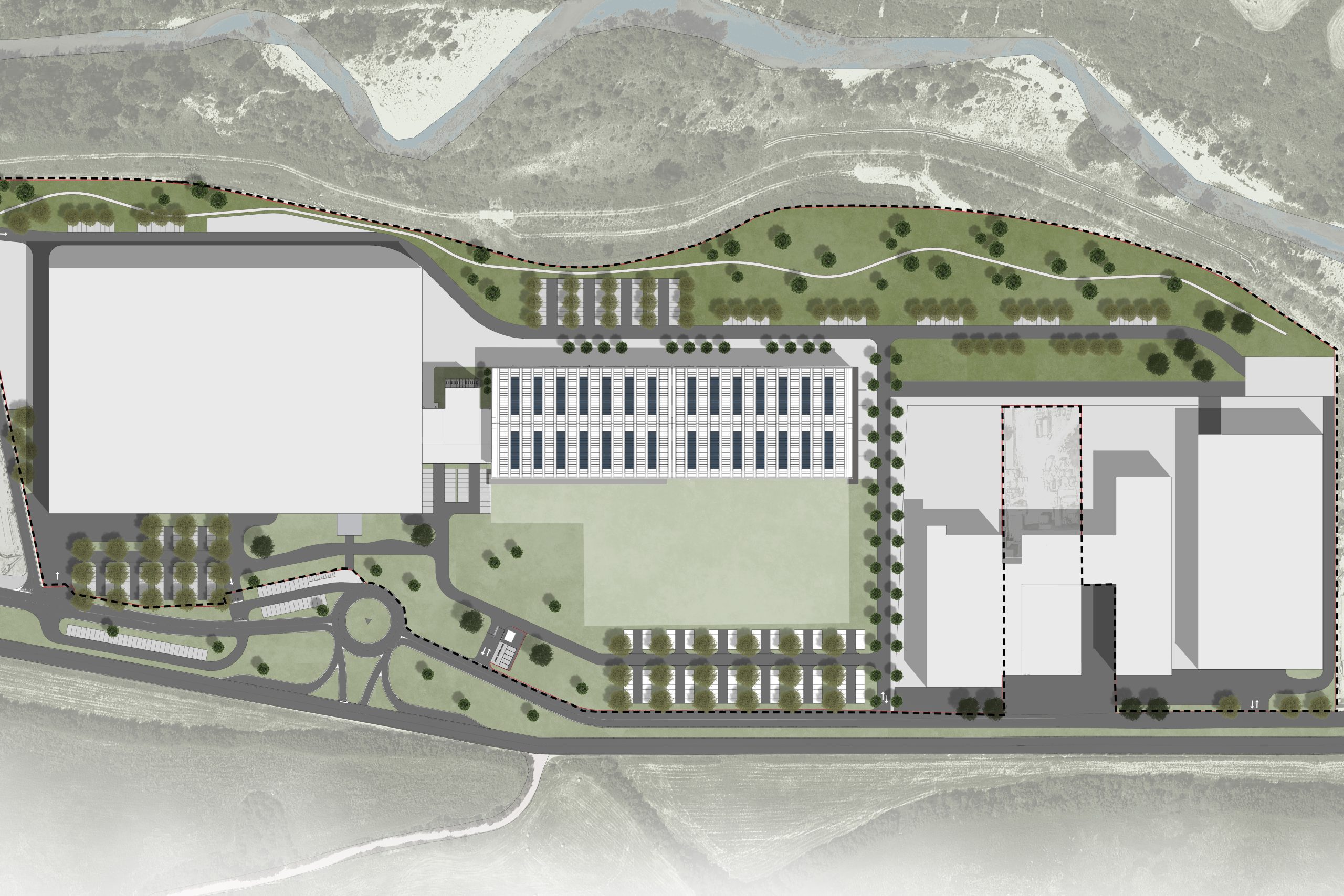Stosa pursues practical strategies aimed at making production sustainable: respecting environmental resources and people, thus offering a certified product with minimum impact on the natural ecosystem.
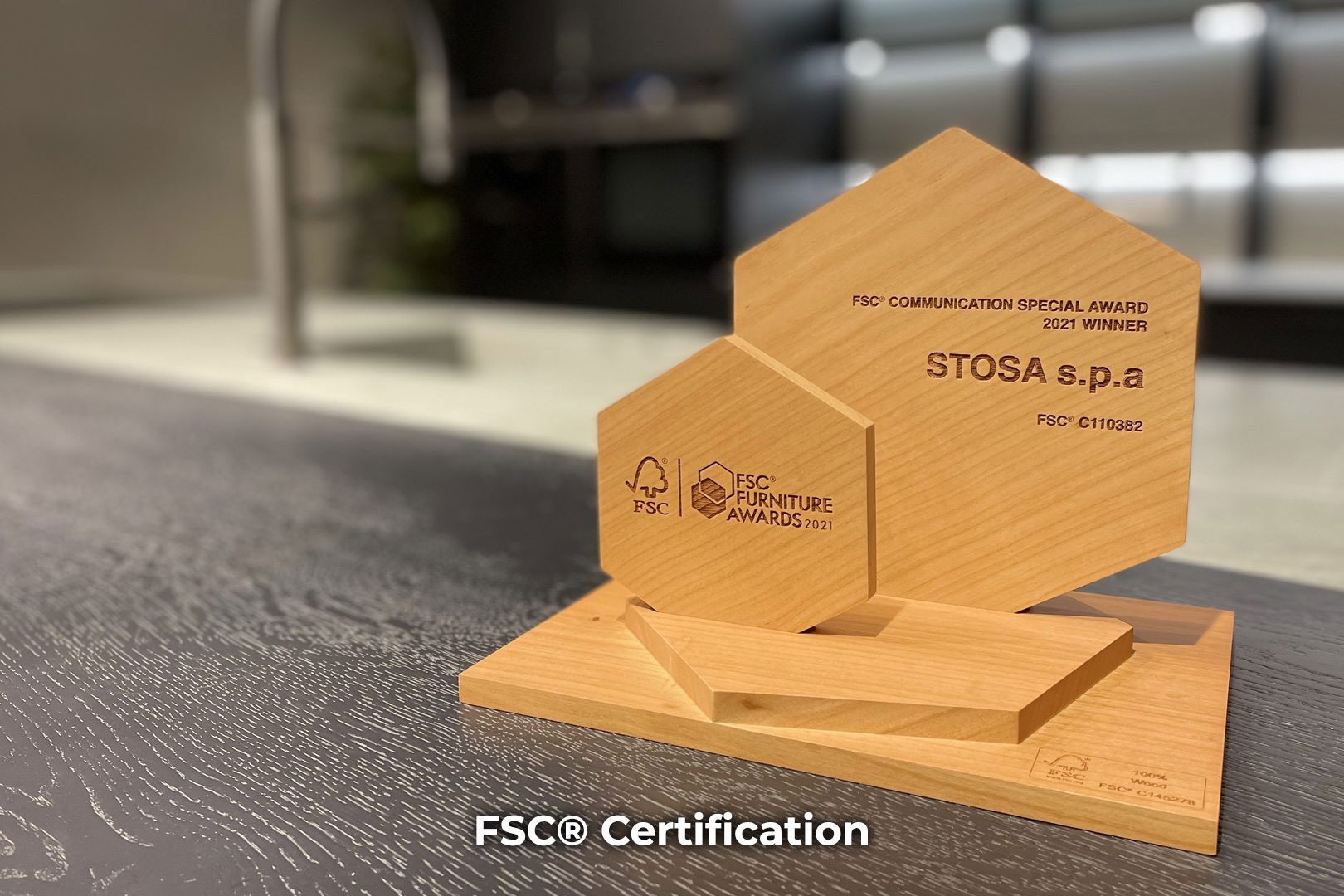
In 2012 Stosa Cucine joined the Forest Stewardship Council® (FSC) certification project. Today, Stosa has achieved the goal of offering customers products that are made from certified materials. These range from Art, the first line to be prototyped and marketed, to Karma and Metropolis.
However, Stosa Cucine remains committed to further improving supply networks and production lines to convert, as soon as possible, all models in the range into furniture made from certified wood from a supply chain that supports responsible forest management, with no increase in price to customers.
Stosa Cucine’s commitment has been acknowledged by FSC who, at the FSC® Italia Awards_Furniture, presented us with an award in the 2020 Interior Furniture_Kitchens category for having produced the first industrially manufactured kitchen consisting of FSC certified cabinets.
In 2021, Stosa received a Special Prize for communication at the first European edition of the FSC® Furniture Awards, for having supported FSC® values through digital, social and television communication strategies that actively promoted the contents of this important certification
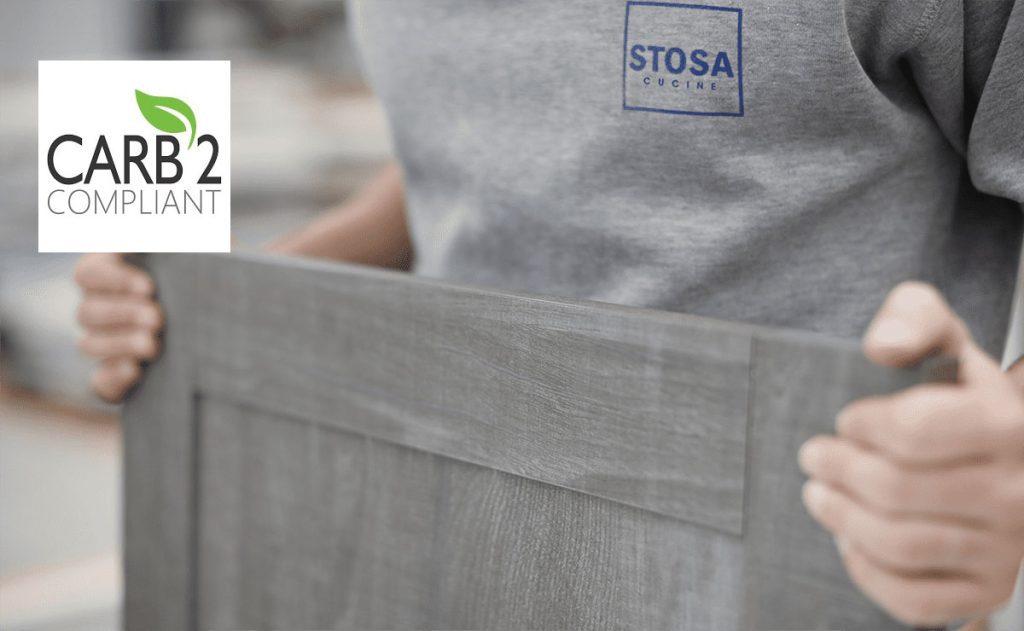
Carb P2 Certification
All Stosa kitchen units are made from CARB P2 certified materials. Carcasses are made from recyclable panels with extremely low formaldehyde content.
CARB (California Air Resource Board) certifification is based on Airborne Toxic Control Measure (ATCM) rules, the purpose of which is to reduce and control formaldehyde emissions from wood-based materials used within the territory of California.
CARB certifification has been used as a reference standard by major multinational companies in the wooden furniture sector. Wood-based panels are classified according to their formaldehyde emissions, following criteria established by the technical regulations for the sector.
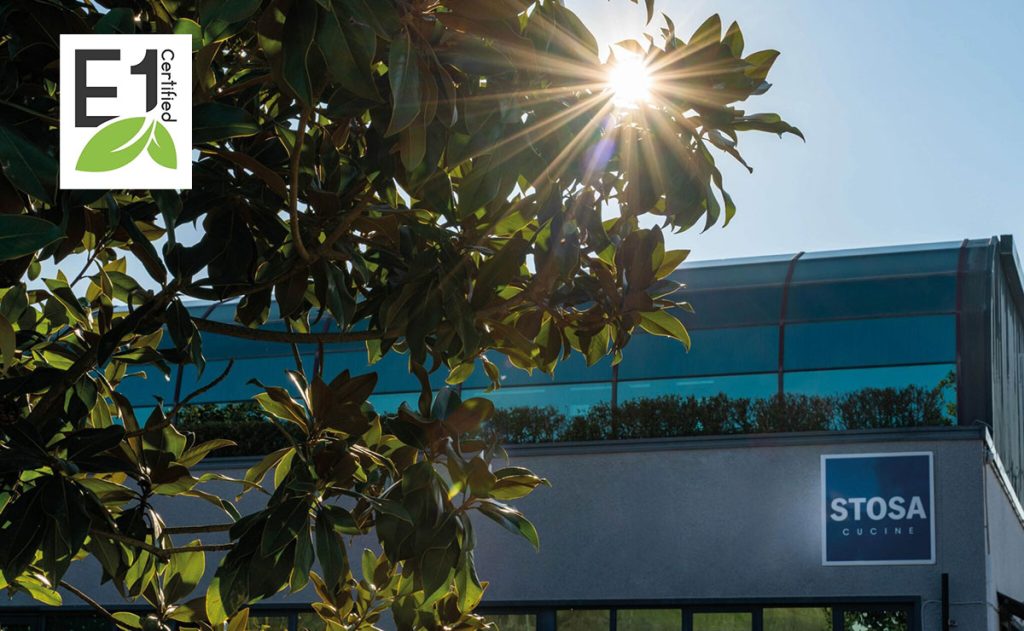
E1 Certification
Wood-based panels are classified according to their formaldehyde emissions, following criteria established by the technical regulations for the sector.
The panels used by Stosa Cucine are classified E1 (low emissions), and do not exceed World Health Organization limits for airborne formaldehyde emissions in living areas and lounges. The panels used are type E1 according to standard UNI EN 717-1.
The material is US market compliant: EPA P2-CARB P2 acc. to CCR Title 17 – § 93120.2 (a) – US EPA TSCA Title VI – 40 § 770
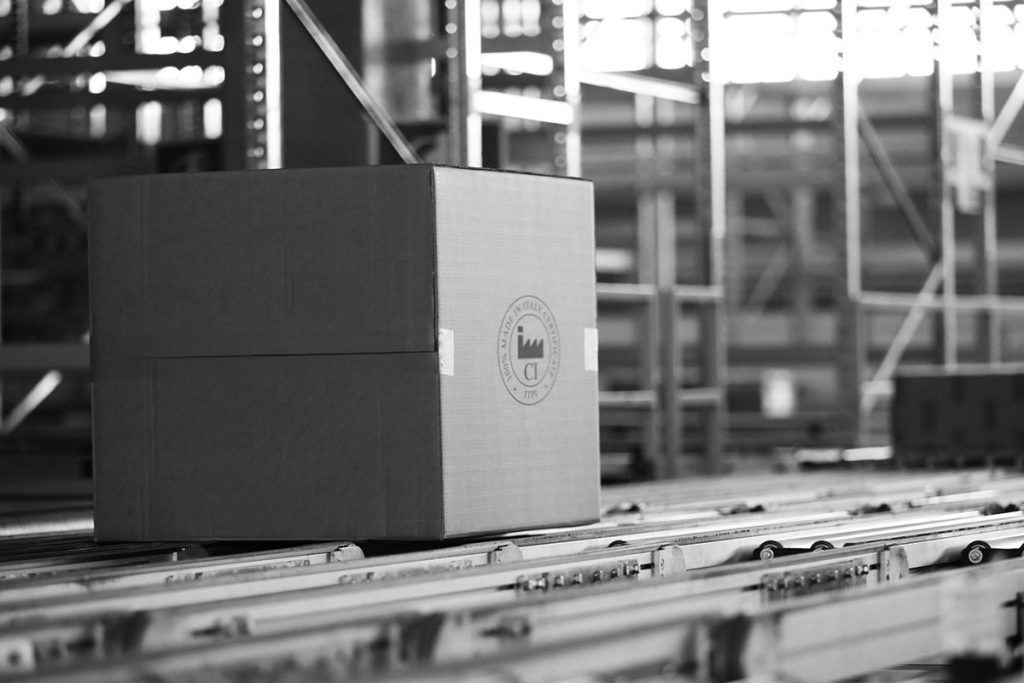
Ecologically Sustainable Packaging
In 2016, a significant investment was made to convert packaging systems and permit the change to a new concept in protective furniture packaging: new machinery includes automatic paper taping and cardboard corner guards.
Currently, our packaging is 98% cardboard. Thanks to these developments, in recent years Stosa Cucine has reduced its plastic consumption by 52,800 KG/year.
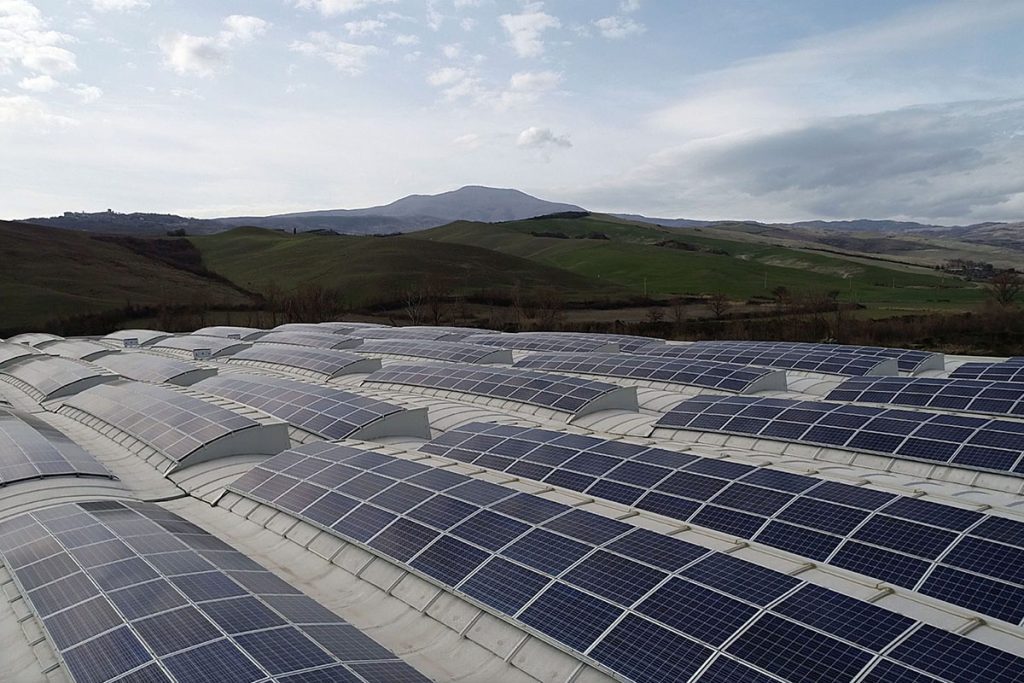
Photovoltaic System

Stosa Green Park
Stosa has planned major investments in advanced production machinery in accordance with an industrial development plan due to be completed by 2025, and have already purchased land to permit the expansion of its production facilities.
New factory buildings will house 27,000 m2 of
production lines dedicated to Stosa’s premium products and will reclaim a vast area around the current plant.
In parallel with developments aimed at improving sustainability, the “Stosa Green Park” project, will see the construction of a production site with excellent road access and green areas, harmoniously integrated into nature and the surrounding landscape.
